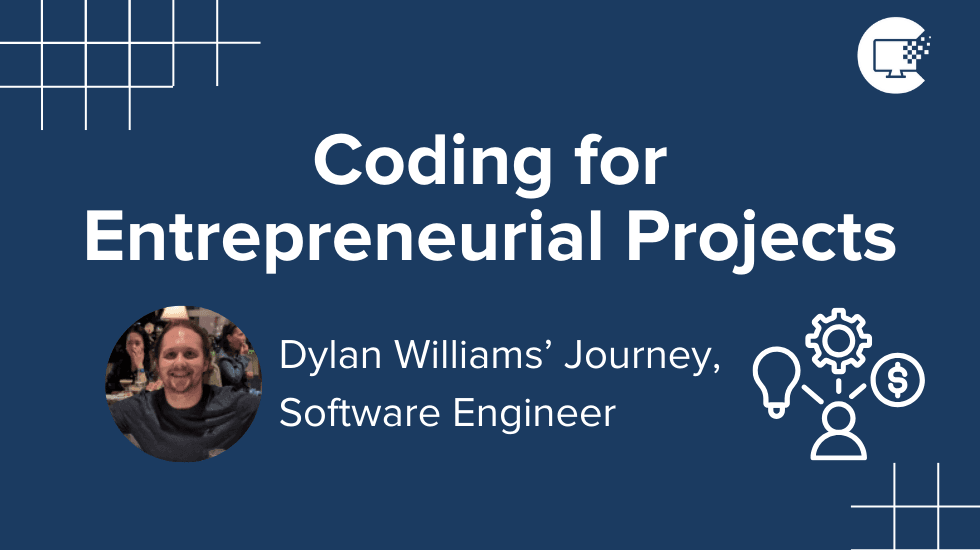
Coding for Digital Cartography
By Peter Wilczynski
I’m Peter Wilczynski, a Product Manager at Palantir Technologies.
I grew up thinking that I’d be an academic scientist, and when I went to Yale, I assumed I was destined for an MD/PhD in some kind of biophysics. I grew up in suburban Connecticut reading Wired and doing a ton of random sports and academic things. I programmed a bit in C / Lua, but nothing super-serious.
Now, I work on a full-stack mapping application that deals with a bunch of different types of data. As GPS data has become more commonplace and commodity sensors have flooded the market, the world has started to accumulate vast quantities of geospatial information. Traditional digital mapping techniques, built for cartographic analysis on one end and lightweight data visualization on the other simply weren’t designed to render this type of data in a first class way.
These quintessentially modern datasets combine geospatial characteristics with a frequency that has forced us to borrow techniques that were developed to deal with more standard time-series data. To actually build immersive, interactive maps on top of all this data is a challenge that requires a lot of creativity across the full stack. We build tools that clean, normalize, compress, rasterize, and process this data in myriad other ways, as well as systems for querying and rendering the data on the frontend.
I’m constantly struck by the insane beauty of the modern society as I explore it. Once you know where to look, you’ll see computers in planes, taxis, restaurants, museums and national parks.
Programming gives you a totally different way of thinking about the world. I’m constantly struck by the insane beauty of the modern society as I explore it. Once you know where to look, you’ll see computers in planes, taxis, restaurants, museums and national parks. It’s amazing to look at all of those computers and be able to say “I understand how that works.” It’s obviously not possible to understand the whole system at a really deep level, but even just understanding a small part of it can really shape the way you think about how the world is changing and what the future holds.
What tools and languages do I use?
- Java
- Typescript
- Elasticsearch
- TurfJS
- Mapbox GL JS
- React/Redux
Peter dabbles in software, rides bikes a lot, and has a penchant for debate.


